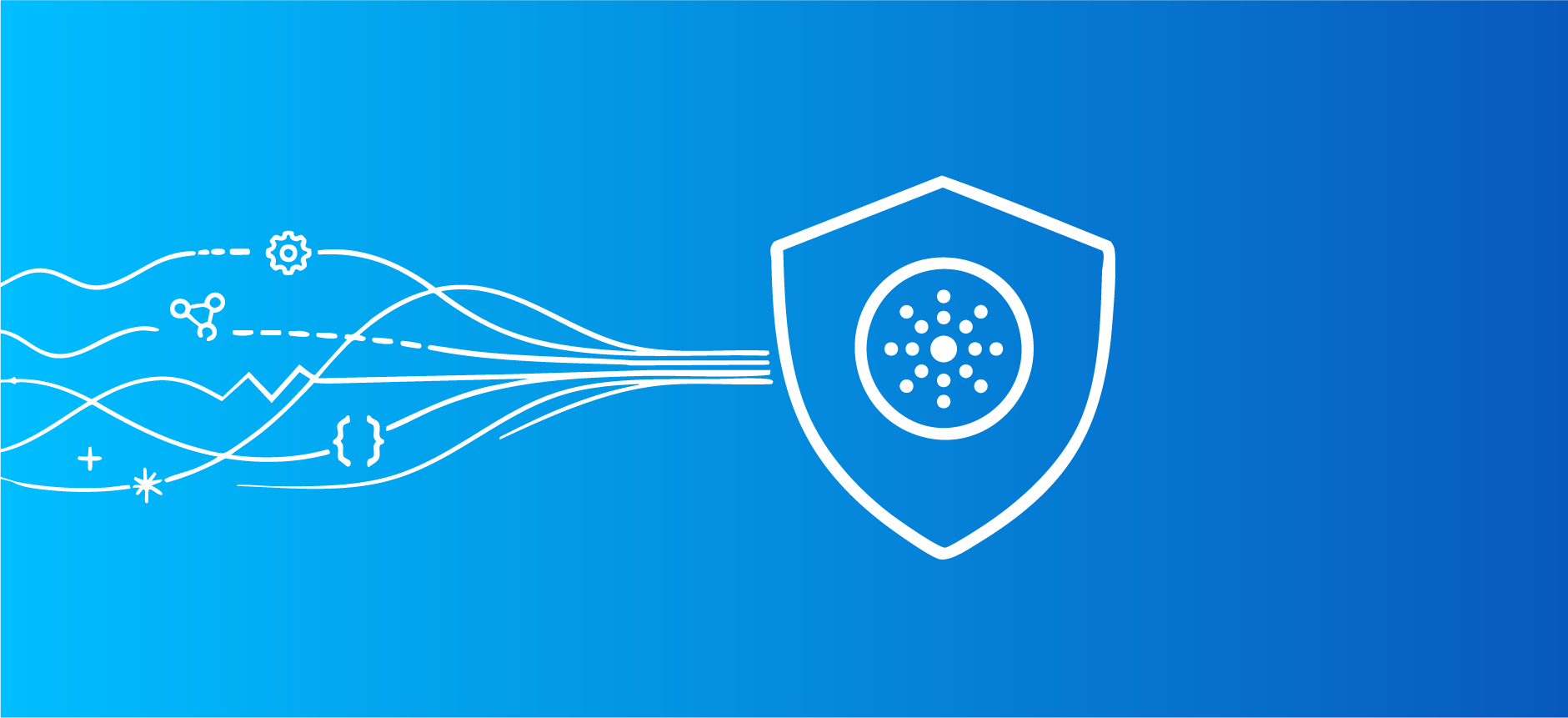Customer Data Platforms and Master Data Management

Editor’s Note: This post was originally published in July 2021. We’ve updated the content to reflect the latest information and best practices so you can stay up to date with the most relevant insights on the topic.
Summary:
- Master Data Management (MDM) solutions and Customer Data Platforms (CDPs) are solutions that aim to solve persistent challenges related to poor quality customer data.
- Using MDMs and CDPs in tandem enable organizations to deliver comprehensive 360-degree views of customer data.
- Key differences between MDMs and CDPs include how they operate, what they deliver, and who they support.
- Organizations that use AI-native MDM solutions like Tamr to extend the capabilities of their CDPs will unlock greater potential from their customer data.
Two popular solutions for solving the persistent problems related to bad customer data are Master Data Management (MDM) platforms and Customer Data Platforms (CDPs). While the two technologies aim to solve similar problems around poor, incomplete, or inconsistent data, there are important distinctions in how each platform approaches the challenge of creating a customer 360 data view and the benefits they provide. Chief data officers (CDOs), business analysts, and marketing specialists who consider both approaches will discover that the two technologies can be used together, in a complementary fashion, to achieve optimal results.
Defining MDMs and CDPs
A customer data platform (CDP) is a “marketing technology that unifies a company’s customer data from marketing and other channels to enable customer modeling and to optimize the timing and targeting of messages and offers.” (Gartner)
According to Twilio Segment, a CDP’s focus is streamlining customer data across sources to drive marketing actions targeted at prospects and customers. With clean and high-quality data as an input, CDPs can aggregate customer information with important behavioral data and interactions such as email clicks, mobile app usage, and customer service engagement to create comprehensive customer views. This streamlined data can help marketing teams better segment the customer base, construct targeted marketing programs, and, ultimately, improve the customer experience.
Master Data Management (MDM) is “a technology-enabled discipline in which business and IT work together to ensure the uniformity, accuracy, stewardship, semantic consistency and accountability of the enterprise’s official, shared master data assets.” (Gartner)
The objective of an MDM solution is to provide consistent, clean, and uniform data, and unlock scalable analytical and operational data across the organization to drive business value. MDMs are tasked with raising the quality of various types of data – especially key entity types like customers, suppliers, products, and parts. A priority use case is mastering customer data to create a customer 360 view across the organization. Marketing is only one of several departments that might leverage mastered customer data. Another key focus of MDM is reducing the amount of manual effort needed to maintain and clean the data. In fact, based on Tamr’s experience, an AI-based approach to MDM can reduce employee time spent on data aggregation and upkeep by up to 90%.
Key differences between MDM and CDP
The main difference between CDPs and MDM solutions is where they focus efforts: CDPs focus on syncing sources and destinations generally for marketing applications, whereas MDM solutions specialize in matching records and transforming the data to be more accurate and usable by the business in general.
CDPs apply customer data to marketing use cases but can be limited by poor data quality; modern MDMs focus on improving customer data quality.
Traditional CDPs match and aggregate customer and interaction data using readily-available fields such as email addresses, phone numbers, and IP addresses. CDP matching techniques often involve single data point matching, such as tying a web search session to the customer transaction history using the email address that the customer uses to log in. Because of the matching process’ simplicity, CDP’s core function is impacted by data that is only partially complete or if customer record resolution is complex, as in the case of customers of B2B companies with various buying business units across several geographies. Common challenges organizations face include different names for the same customer, multiple addresses, out-of-date contact info, and more.
Companies can only leverage their customer data when they can consistently identify customers, tie interactions to the correct customer, and resolve redundant/erroneous duplicates. Most CDPs have some form of customer entity resolution but generally lack the sophistication to properly clean customer data.
Modern MDM solutions navigate this challenge by using powerful AI-driven entity resolution. The result is clean, identifiable customer data that can be further enriched by connecting to external third-party sources.
Example CDP + MDM Architecture

MDM solutions and CDPs serve different but complementary purposes in the management of customer information.
An MDM solution can focus on ensuring that customer data is consistent, accurate, and governed across all systems in an organization. It centralizes and cleanses customer records, ensuring a "single source of truth" by eliminating duplicate records and standardizing data attributes. This governance is critical to maintaining long-term data quality and trustworthiness.
A CDP is designed to unify and activate customer data from multiple touchpoints, enabling businesses to create dynamic, unified customer profiles for marketing and personalization efforts. While a CDP excels at ingesting data from various channels like websites, social media, and email systems, its effectiveness is amplified when fed with high-quality, clean data from an MDM platform. The MDM solution ensures that the foundational customer data used by the CDP is reliable and consistent across the organization, while the CDP allows marketers to use this data to improve customer engagement and experiences. Together, these systems provide a comprehensive approach to managing and leveraging customer data.
CDPs focus on improving the marketing function, whereas MDMs address cross-organizational customer data quality.
CDPs have evolved to become laser-focused on enhancing marketing efforts and improving customer interactions. The targeted focus has pushed CDPs to develop functionality that has driven the software’s popularity with marketing teams. CDPs today can integrate data from a myriad of sources, including web/mobile interactions and data warehouses, and enable marketing outreach through several channels. For example, data on mobile app interactions can feed analytics platforms to understand what notifications and promotions increase a customer’s likelihood of transacting.
MDMs do not solely focus on enabling marketing. Instead, they focus more broadly on creating a consistent data layer that teams across the organization can leverage. With MDM, organizations can move away from data silos and address cross-functional business challenges with a high-quality data arsenal. The end result of an MDM solution is the ability for sales, marketing, growth, finance, and several other groups to leverage customer data by connecting the data to other applications in addition to the CDP.
The Bottom Line
MDMs and CDPs are materially different in what they do, how they operate, and the outcomes they help to achieve. However, when it comes to customer 360 data aggregation and activation, and delivering effective marketing and customer engagement, they complement each other quite nicely.
Tamr’s AI-native MDM is used by the Fortune 500 to accelerate business outcomes by providing consolidated, cleansed, and categorized data for marketing and other functions across an organization.
If you’re interested in seeing Tamr in action and learning how it can deliver benefits for your company, schedule a demo with us.
Get a free, no-obligation 30-minute demo of Tamr.
Discover how our AI-native MDM solution can help you master your data with ease!




